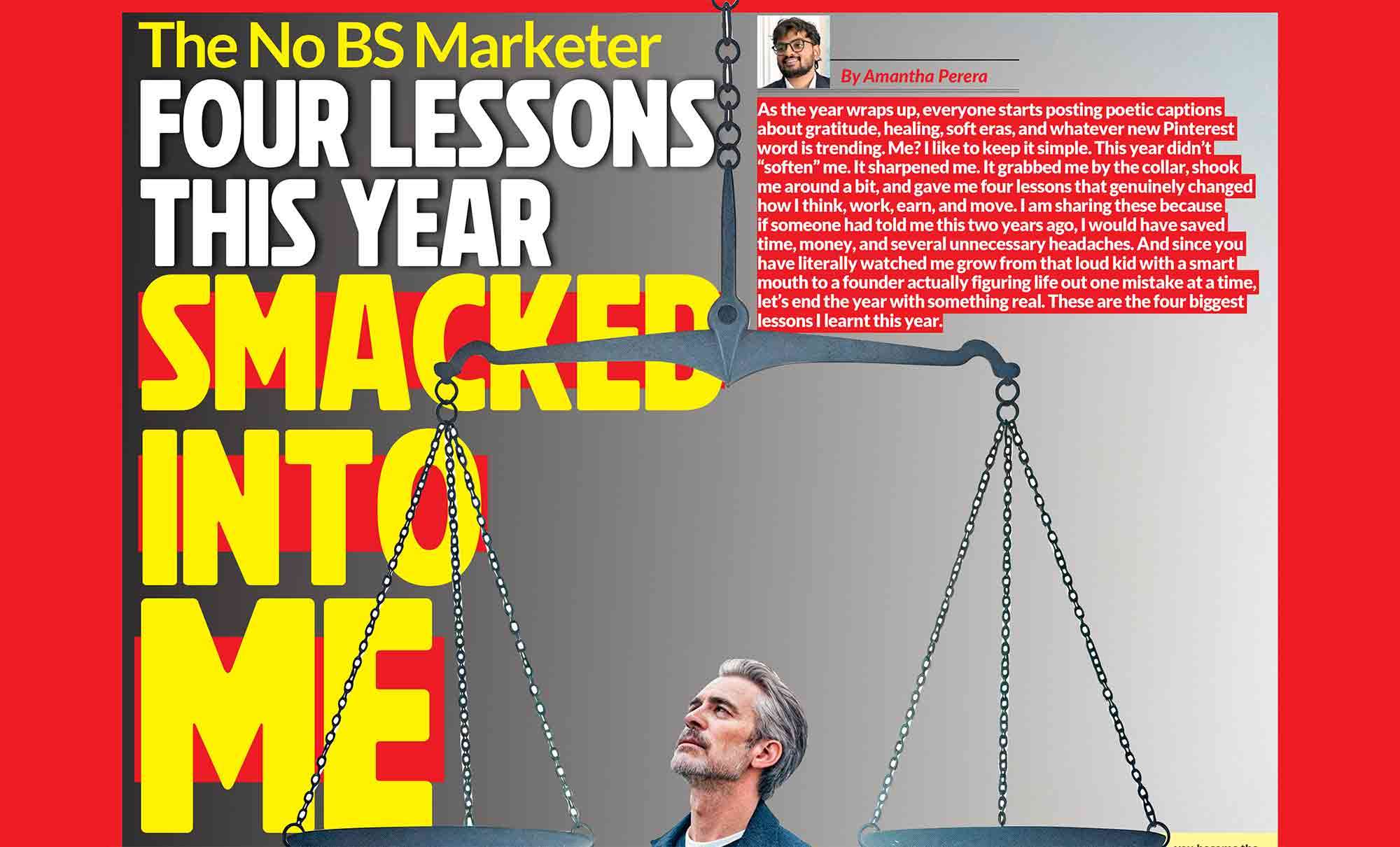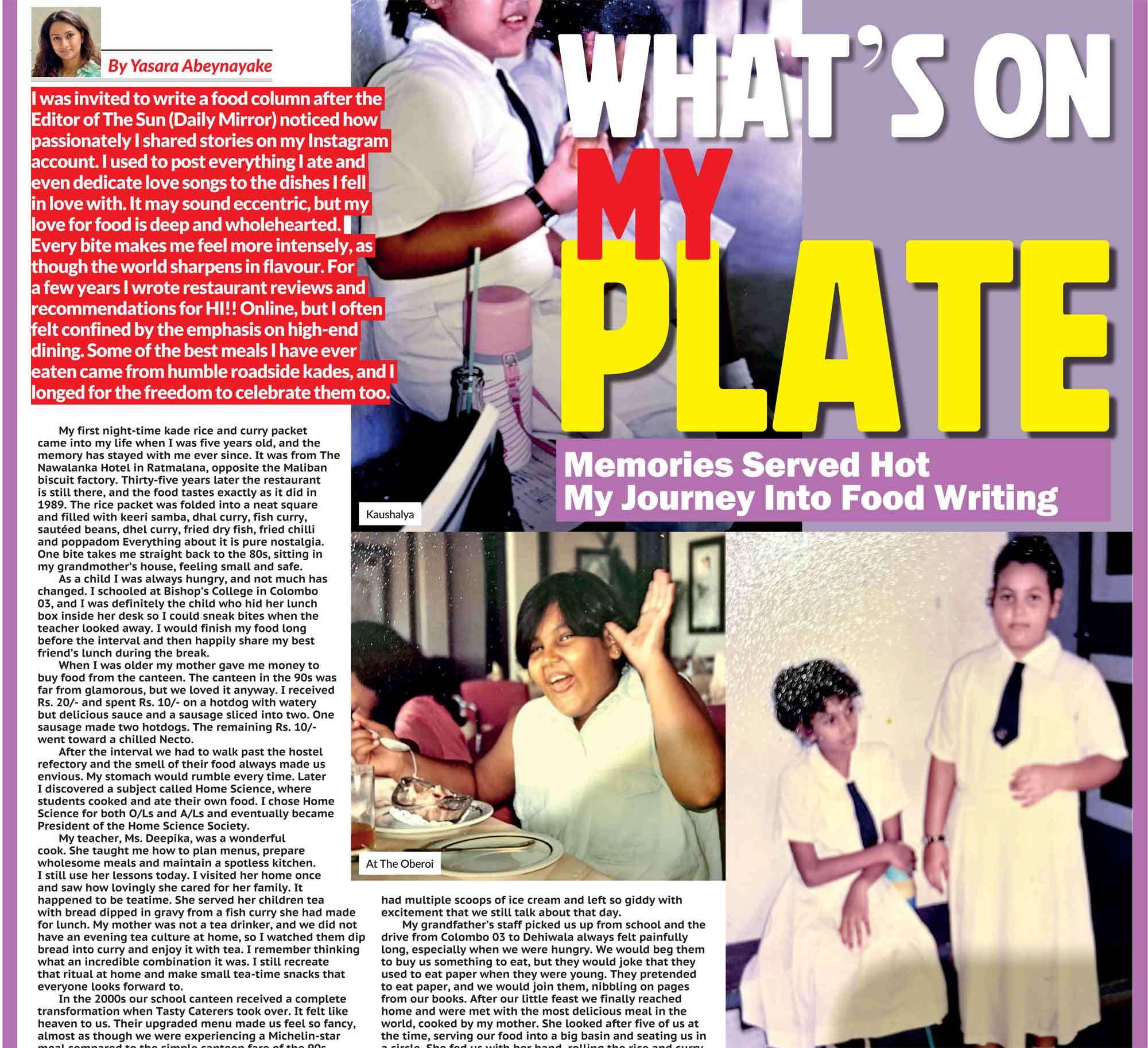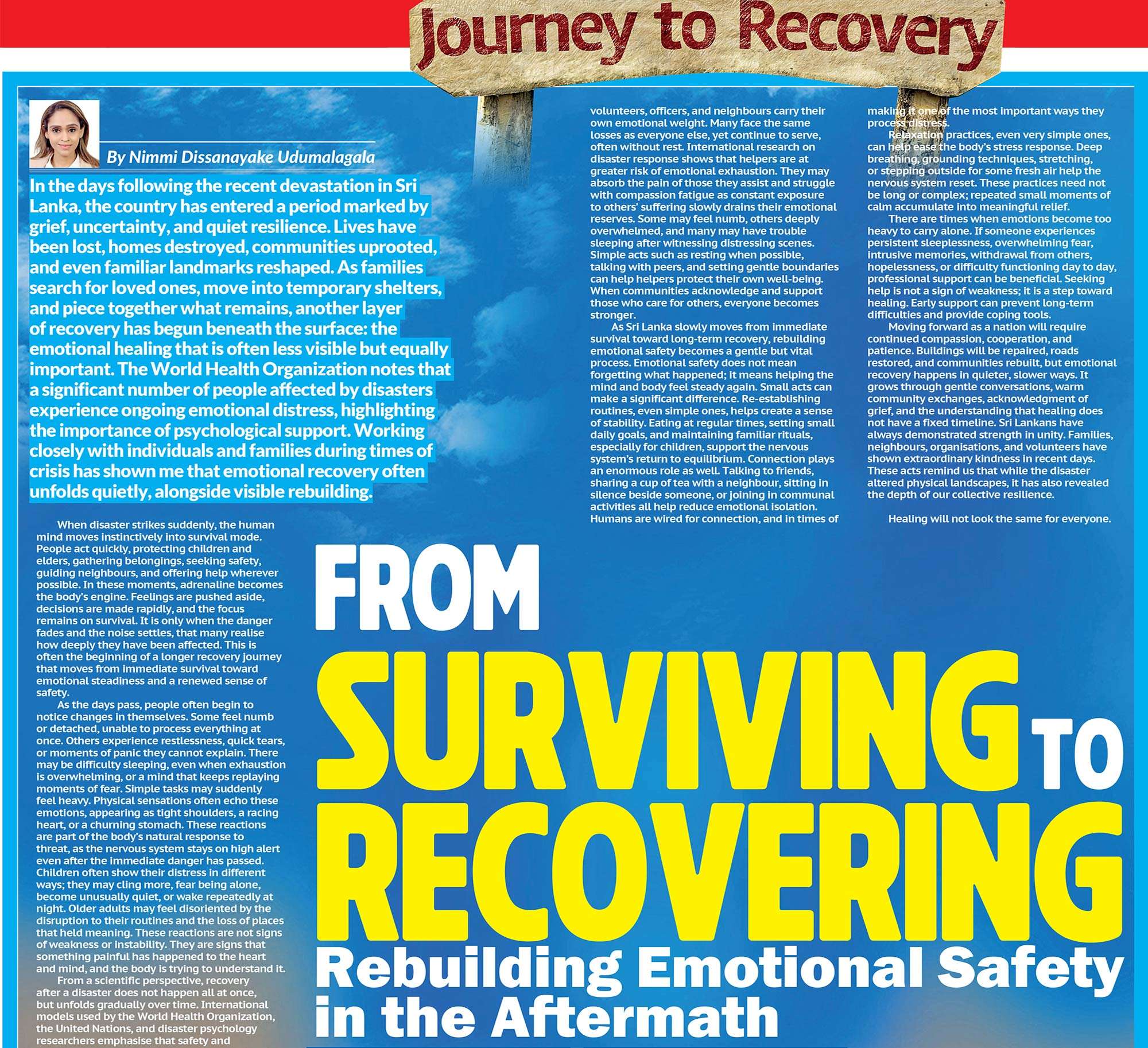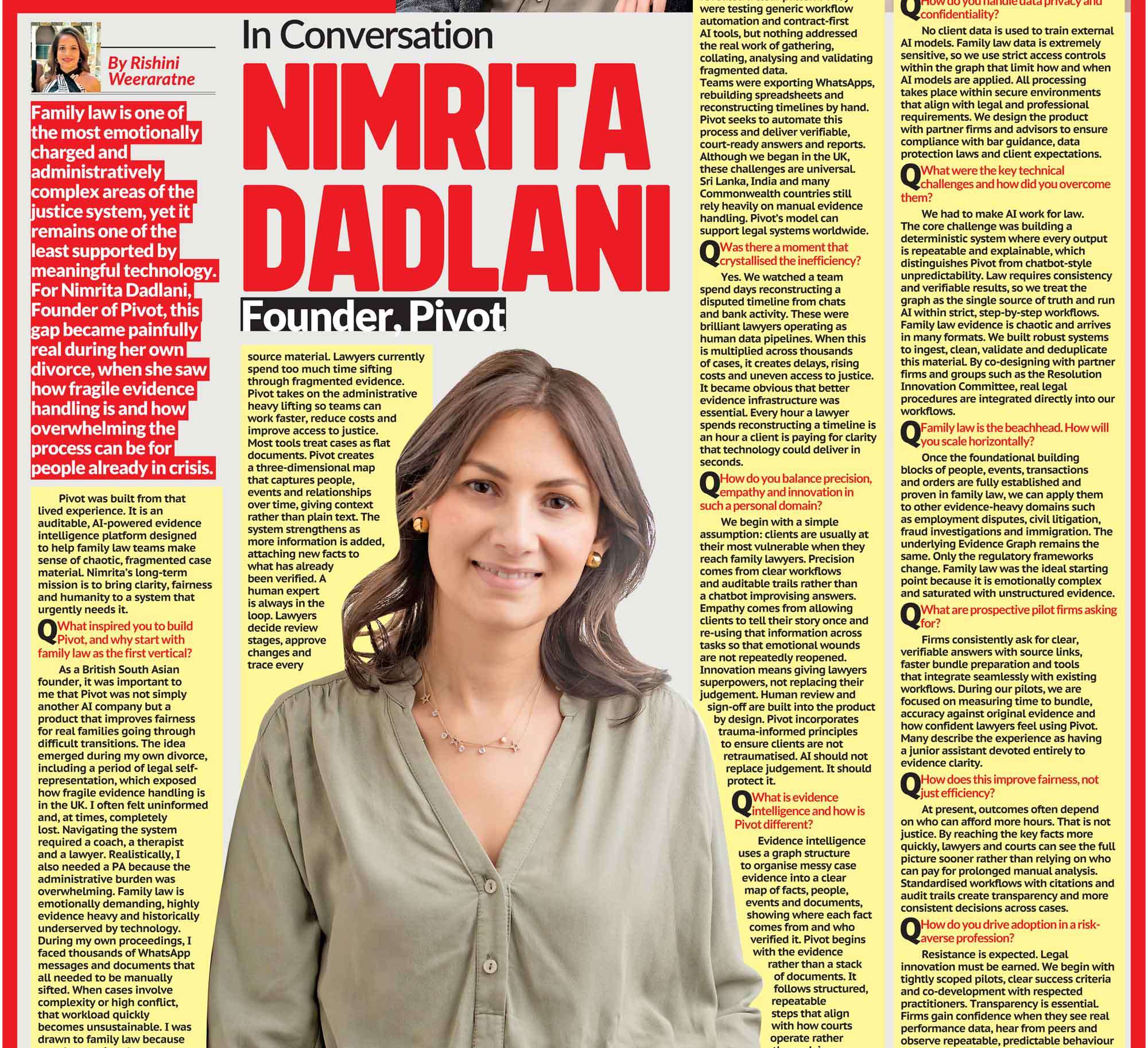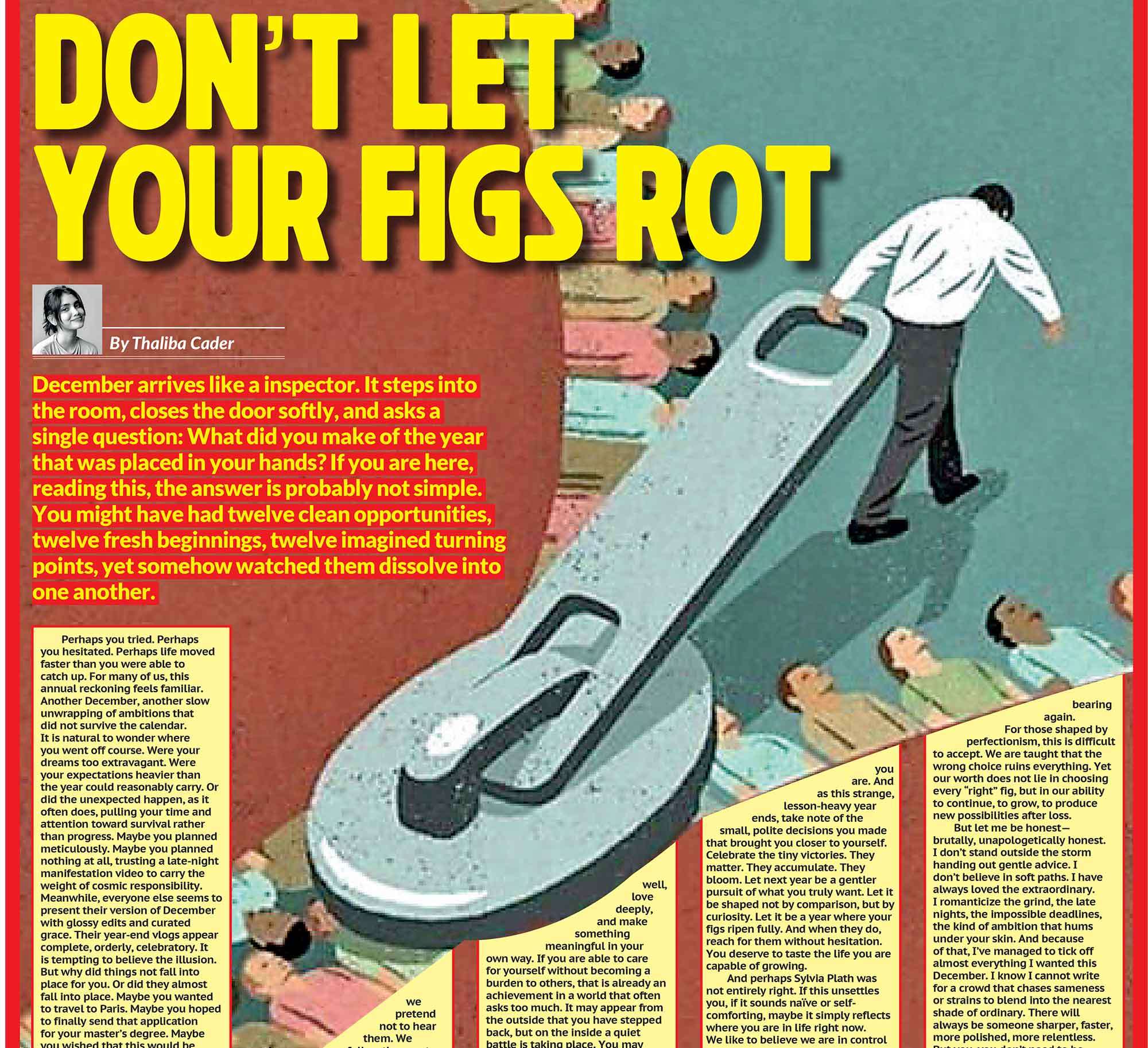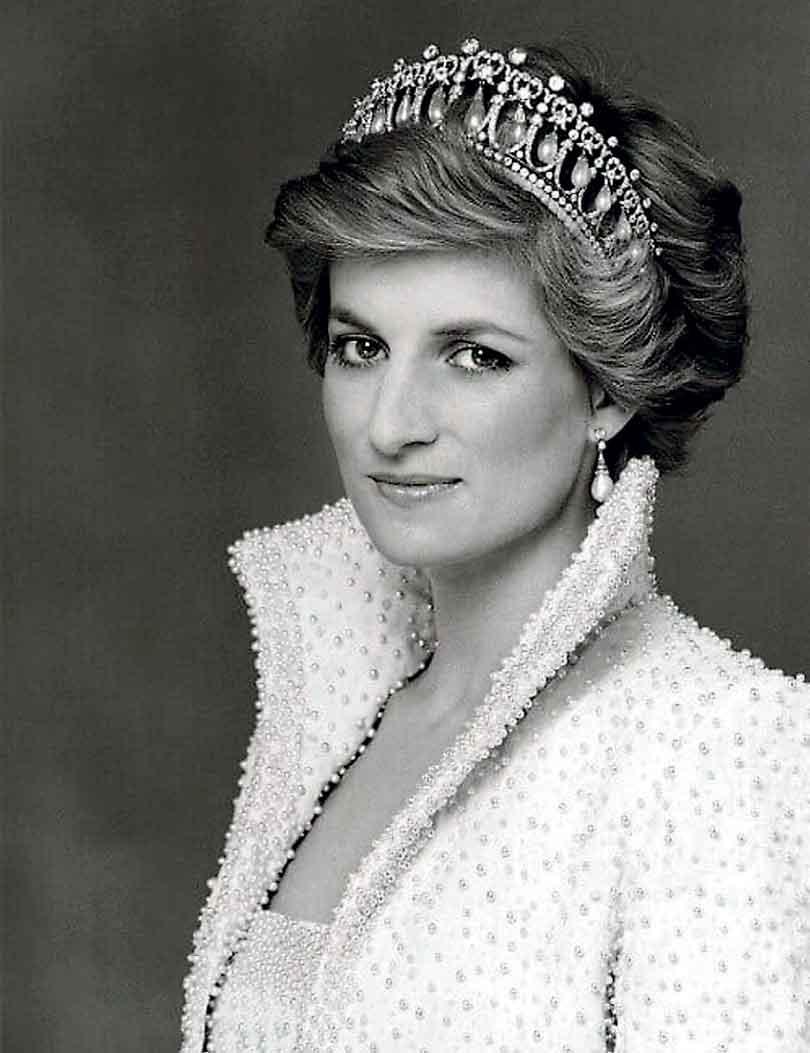

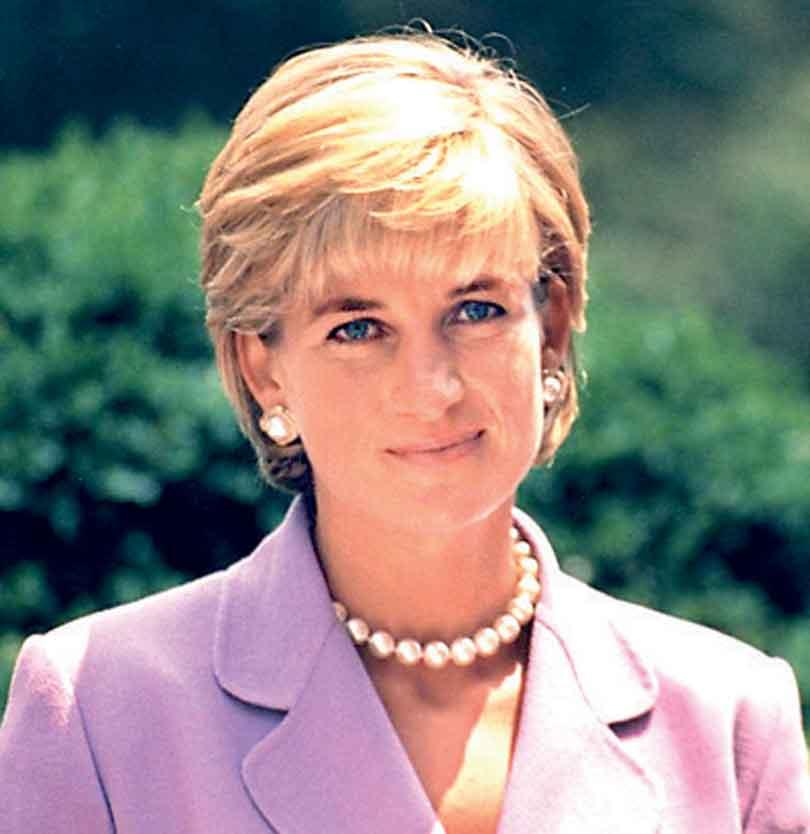
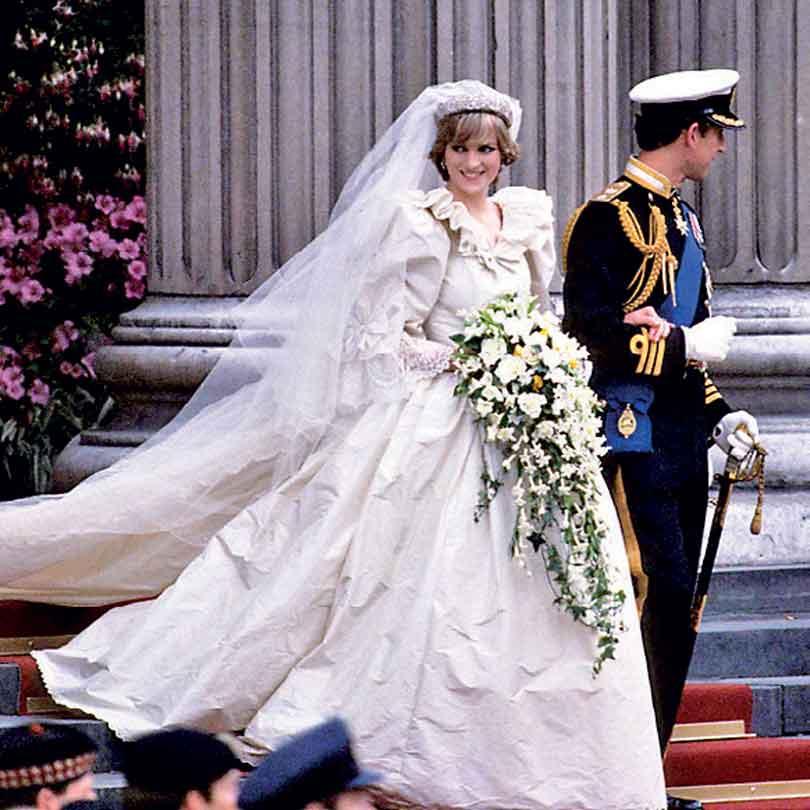
In today’s context, Diana’s life holds enduring lessons. She challenged institutions with empathy. She used her pain to connect with others, making the personal political and the private public in ways that reshaped cultural norms.
Princess Diana of Wales, born Diana Frances Spencer, remains one of the most beloved and iconic figures of the 20th century. Revered for her grace, compassion, and vulnerability, Diana captivated the world not only as a royal but as a humanitarian and modern woman navigating immense public scrutiny. Known as the “People’s Princess,” she redefined what it meant to be a royal in the contemporary era, bringing emotional intelligence and empathy into a space that had traditionally been perceived as cold and distant. Her story, marked by beauty, tragedy, and resilience, continues to influence discussions around mental health, media ethics, public service, and the role of women in society.
1
Diana was born on July 1, 1961, into British aristocracy. Her early life was shaped by privilege but also by emotional instability; her parents’ divorce left deep emotional scars. Educated in England and Switzerland, Diana was known more for her kindness and charm than for academic achievement. In 1980, her life changed forever when she began dating Prince Charles, the heir to the British throne. The media frenzy that followed was unprecedented. Their wedding on July 29, 1981, watched by over 750 million people globally, seemed like the perfect fairy tale. At just 20 years old, Diana became Princess of Wales, entering a world of rigid protocol, constant scrutiny, and crushing expectations.
From the outset, Diana captured the public’s imagination. Her beauty and fashion sense earned her admiration, and her gentle manner made her instantly relatable. However, behind the glamour was a deeply sensitive woman struggling with intense pressure. The marriage to Prince Charles soon proved to be troubled. Diana later revealed that she suffered from bulimia, postnatal depression, and feelings of worthlessness during her early years as a royal. The lack of emotional support from the royal family further isolated her. Her famous 1995 BBC interview with Martin Bashir laid bare the cracks in the royal façade, “there were three of us in this marriage,” she famously said, alluding to Charles’ affair with Camilla Parker Bowles.
Despite personal turmoil, Diana’s public role flourished, especially in the realm of humanitarian work. She revolutionized the concept of royal engagement, moving beyond ceremonial duties to deeply personal causes. Diana’s compassion was most visible in her work
2
with AIDS patients. At a time when the disease was heavily stigmatized, Diana was one of the first public figures to be photographed touching and hugging individuals affected by HIV/AIDS. Her actions helped change public perception, proving that empathy could combat ignorance and fear.
Another cornerstone of Diana’s humanitarian legacy was her campaign against landmines. In 1997, she famously walked through a cleared minefield in Angola wearing protective gear, bringing global attention to the issue. Her support for the International Campaign to Ban Landmines is widely believed to have influenced the signing of the Ottawa Treaty, which prohibited the use of anti-personnel landmines. Diana’s advocacy was not just symbolic; she brought visibility to overlooked communities and used her platform to pressure governments and institutions to act.
Diana’s approachability and warmth made her resonate with the public in ways no royal had before. She often broke with protocol, preferring to kneel to speak with children, refusing to wear gloves during hospital visits, and choosing causes that were considered controversial or too sensitive for traditional royal involvement. She bridged the gap between the monarchy and the people, showing vulnerability and openness that contrasted with the stoic image of the British royal family. Her willingness to speak about her mental health and personal struggles was revolutionary at the time, paving the way for more open conversations about emotional wellbeing, especially among public figures.
However, Diana’s relationship with the media was a double-edged sword. The same press that elevated her to global fame also relentlessly intruded into her personal life. Paparazzi followed her everywhere, often crossing ethical lines. The media frenzy surrounding her separation from Prince Charles and her post-divorce relationships was relentless. Tragically, this obsession would play a direct role in her untimely death. On August 31, 1997, Diana died in a car crash in the Pont de l’Alma tunnel in Paris, while being pursued by paparazzi. The world was shocked. Her funeral, watched by over 2.5 billion people, was a moment of collective mourning, not just for a princess, but for a woman who had touched countless lives.
3
The aftermath of Diana’s death brought about significant shifts in public sentiment and media ethics. The British royal family, long criticized for its perceived emotional detachment, faced widespread backlash for its initial response. The Queen’s delayed public address and the lack of visible grief from the royal establishment led to a temporary dip in the monarchy’s popularity. Diana’s death became a turning point, prompting the royals to modernize their approach and become more in tune with public sentiment. Media organizations also faced growing scrutiny over their invasive practices, although the line between public interest and personal privacy remains blurred to this day.
Diana’s legacy lives on through her sons, Prince William and Prince Harry. Both have honored their mother’s commitment to humanitarian causes, mental health awareness, and emotional authenticity. Prince Harry has openly discussed the trauma of losing his mother and the impact it had on his mental health. In recent years, he and Meghan Markle have drawn comparisons to Diana for their tumultuous relationship with the media and their decision to step back from royal duties. Diana’s influence is evident in their efforts to redefine what it means to be a royal in the modern age; more independent, emotionally candid, and socially engaged.
Beyond her family, Diana remains a cultural and historical figure of immense significance. Her life has inspired countless books, documentaries, films, and academic studies. She symbolizes the paradox of modern celebrity, beloved yet exploited, powerful yet vulnerable. Her fashion choices, from the iconic revenge dress to her casual sweaters and jeans, continue to influence designers and stylists. Yet, her greatest legacy may not be what she wore, but how she made people feel seen, heard, and valued.
In today’s context, Diana’s life holds enduring lessons. She challenged institutions with empathy. She used her pain to connect with others, making the personal political and the private public in ways that reshaped cultural norms. She showed that compassion and strength are not mutually exclusive, and that kindness, far from being a weakness, is a powerful tool for change.
Her life serves as both an inspiration and a cautionary tale—a reminder of the human cost of fame, the power of empathy, and the importance of using one’s voice, no matter the risks.
In conclusion, Princess Diana was far more than a glamorous royal. She was a transformative figure who used her platform to challenge stigma, advocate for the marginalized, and connect with millions through her authenticity and compassion. Her life was a complex tapestry of beauty, pain, resilience, and purpose. Over two decades after her death, she continues to inspire new generations to lead with empathy, fight for justice, and live with courage. In a world increasingly driven by image and performance, Diana’s legacy reminds us of the enduring power of genuine humanity.


